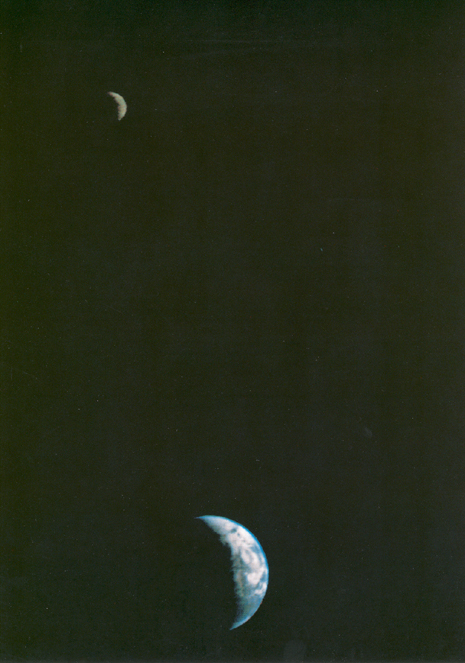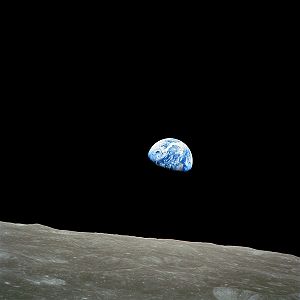Spring Beltane Moon
“Reminding us that “professor” means someone professing a faith, Delbanco exhorts us to keep the etymology alive: “Surely this meaning is one to which we would still wish to lay claim, since the true teacher must always be a professor in the root sense of the word — a person undaunted by the incremental fatigue of repetitive work, who remains ardent, even fanatic, in the service of his calling.” ” Stanley Fish, “The Case for the Liberal Arts. Again.”
It has been a while since the last impassioned plea to see things clear, at least those things important to a liberal arts education. To see them clear and to embrace them as important, even necessary elements of an education.
In the days since college its impacts still effect me on a daily, even hourly basis. Here are a couple of examples from my freshmen year. And the key to them both was the professor.
The first and maybe most important impact came in the sheer joy of learning, a joy I didn’t grasp or even experience in high school. Two courses at Wabash gave me a jump start.
CC, or Contemporary Civilization, required of all freshmen, started at the beginning of human history and, over two semesters, brought us up to the present. The professor, a man whose name I have forgotten, gave lectures that were narratives, heroes and villains, fools and knaves who blinked on and off as our species made its way from the past until today. His lecture on town versus gown tensions in the middle ages was so famous among Wabash men that some would return for it each year.
The second class, again a two semester course, an Introduction to Philosophy, was taught by J. Harry Cotton. J. Harry wore tweed, smoked a pipe as he taught, a pipe with a paper wrapped plug of tobacco, and often rattled off paragraphs of Plato or Aristotle in Greek, finishing with a flourish on the black board, pointing out the intricacies of denotation and connotation.
CC showed me that history was exciting, that I could expect it to be not only illuminating but also interesting.
But Intro to Philosophy. Ah. That one peeled back the entire cultural project of late 50’s, early 1960’s middle america and laid it bare. I could see its sinews and its ligaments; its veins and arteries. And more. It was possible to critique it, to create a new way of understanding the world. The only thing required was the mind and the courage to engage.
In fact, it went deeper than that. The intellectual content of my small town faith simply didn’t stand up to the rigors of philosophical thought. When you march back through the argument from design to find yourself at the point of unmoved mover, it is possible, even urgently required, to ask one more question. What made the unmoved mover? Oh.
So, there was this liberation, this vast opening, a vault of stars under which I could begin to stand as my own man, not a man made by tradition and custom, but a man made by saying yes and saying no. Philosophy, for that reason, has been at the center of my life ever since.


